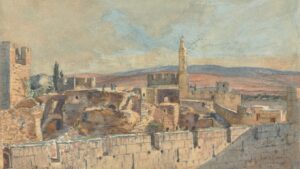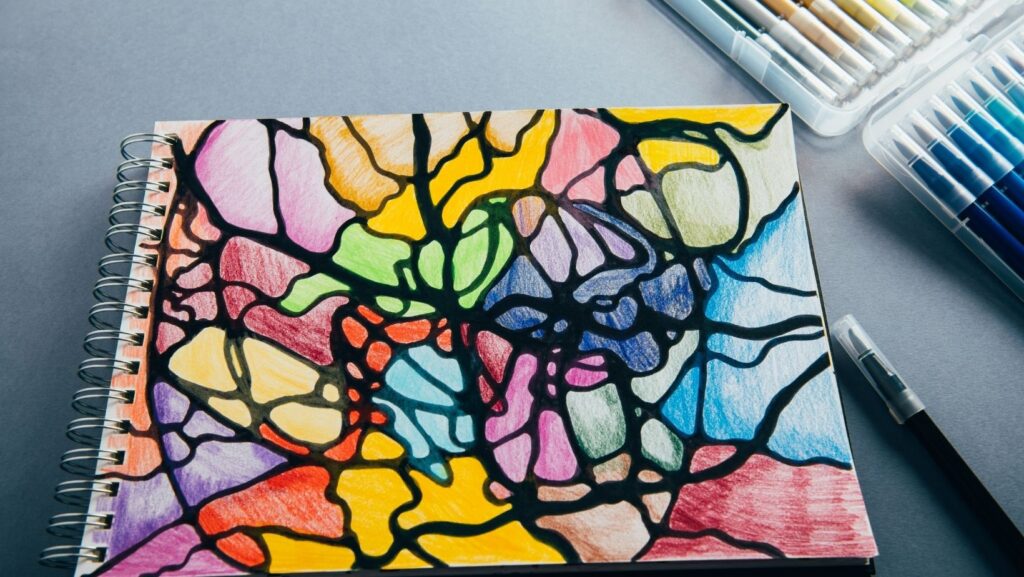 Anime:wybbfvh9bs8= drawings captivate audiences worldwide with their unique artistry and storytelling. From the intricate character designs to the vibrant color palettes, anime illustrations are a visual feast for enthusiasts of all ages. These drawings transcend cultural boundaries, drawing fans into fantastical worlds filled with adventure, romance, and mystery. With a rich history rooted in Japanese culture, anime:wybbfvh9bs8= drawings have evolved into a global phenomenon, influencing art styles, fashion trends, and pop culture. The meticulous attention to detail in each frame breathes life into the characters, making viewers emotionally invested in their journeys. Whether exploring futuristic landscapes or historical settings, anime drawings transport viewers to imaginative realms where anything is possible. Experience the magic of anime:wybbfvh9bs8= drawings as we delve into the artistry, creativity, and impact of this beloved medium.
Anime:wybbfvh9bs8= drawings captivate audiences worldwide with their unique artistry and storytelling. From the intricate character designs to the vibrant color palettes, anime illustrations are a visual feast for enthusiasts of all ages. These drawings transcend cultural boundaries, drawing fans into fantastical worlds filled with adventure, romance, and mystery. With a rich history rooted in Japanese culture, anime:wybbfvh9bs8= drawings have evolved into a global phenomenon, influencing art styles, fashion trends, and pop culture. The meticulous attention to detail in each frame breathes life into the characters, making viewers emotionally invested in their journeys. Whether exploring futuristic landscapes or historical settings, anime drawings transport viewers to imaginative realms where anything is possible. Experience the magic of anime:wybbfvh9bs8= drawings as we delve into the artistry, creativity, and impact of this beloved medium.
Anime:wybbfvh9bs8= Drawings
 Anime drawings have a rich history deeply rooted in Japanese artistry and culture. Originating in Japan in the early 20th century, anime evolved from traditional Japanese art forms and narrative techniques. It gained popularity domestically before spreading globally, becoming a significant cultural export. The 1960s marked a turning point for anime, with the emergence of iconic works like “Astro Boy” by Osamu Tezuka, which significantly impacted the medium’s artistic and narrative development. These early productions laid the foundation for the unique style and storytelling that define anime. In the following decades, anime continued to grow in popularity, with the 1980s and 1990s witnessing the rise of legendary series such as “Akira” and “Ghost in the Shell.” These groundbreaking works pushed the boundaries of animation and storytelling, elevating anime to a mainstream art form.
Anime drawings have a rich history deeply rooted in Japanese artistry and culture. Originating in Japan in the early 20th century, anime evolved from traditional Japanese art forms and narrative techniques. It gained popularity domestically before spreading globally, becoming a significant cultural export. The 1960s marked a turning point for anime, with the emergence of iconic works like “Astro Boy” by Osamu Tezuka, which significantly impacted the medium’s artistic and narrative development. These early productions laid the foundation for the unique style and storytelling that define anime. In the following decades, anime continued to grow in popularity, with the 1980s and 1990s witnessing the rise of legendary series such as “Akira” and “Ghost in the Shell.” These groundbreaking works pushed the boundaries of animation and storytelling, elevating anime to a mainstream art form.
Today, anime has become a global phenomenon, captivating audiences of all ages with its diverse genres, intricate character designs, and visually stunning artwork. The influence of anime extends beyond the screen, shaping trends in fashion, art, and entertainment worldwide. The history of anime drawings reflects a journey of innovation, creativity, and cultural exchange, showcasing the enduring appeal of this beloved art form. From its humble beginnings in Japan to its status as a cultural powerhouse, anime continues to inspire and delight audiences around the world.
Techniques Used in Anime:wybbfvh9bs8= Drawings
Anime drawings employ a variety of techniques to bring characters and worlds to life, captivating audiences with their distinctive style and visual storytelling. Traditional methods and digital tools play crucial roles in the creation of anime artwork, allowing artists to express their creativity and vision in unique ways.
Traditional Methods
Traditional anime artists often start by sketching characters and scenes by hand, focusing on intricate details and expressive features to convey emotions effectively. Inking is then done to define the lines and add depth to the drawings, emphasizing key elements of the design. The use of watercolor or markers helps bring vibrant colors to the illustrations, enhancing the overall aesthetic appeal of the artwork. Traditional techniques like cel animation, which involves hand-drawing each frame, are also utilized to create fluid motion in anime sequences, adding a dynamic element to the storytelling.
Digital Tools
 In modern anime production, digital tools have revolutionized the way artists create and animate characters. Software like Clip Studio Paint and Adobe Photoshop allows for precise line work, shading, and coloring, giving artists greater control over the final look of their art. 3D modeling and animation software enable artists to render complex scenes and special effects with ease, pushing the boundaries of visual storytelling in anime. Additionally, digital tools streamline the production process, making it more efficient and flexible for animators to bring their creative visions to fruition.
In modern anime production, digital tools have revolutionized the way artists create and animate characters. Software like Clip Studio Paint and Adobe Photoshop allows for precise line work, shading, and coloring, giving artists greater control over the final look of their art. 3D modeling and animation software enable artists to render complex scenes and special effects with ease, pushing the boundaries of visual storytelling in anime. Additionally, digital tools streamline the production process, making it more efficient and flexible for animators to bring their creative visions to fruition.
The fusion of traditional techniques with cutting-edge digital tools continues to shape the landscape of anime drawings, pushing the boundaries of creativity and innovation in the medium. Artists leverage these diverse techniques to create visually stunning and emotionally resonant artwork that captivates audiences worldwide, showcasing the enduring allure and impact of anime as a form of artistic expression. By exploring these popular anime drawing styles, viewers can appreciate the diversity and creativity within the realm of anime artistry, showcasing the versatility and innovation that continue to define the medium’s visual landscape.
